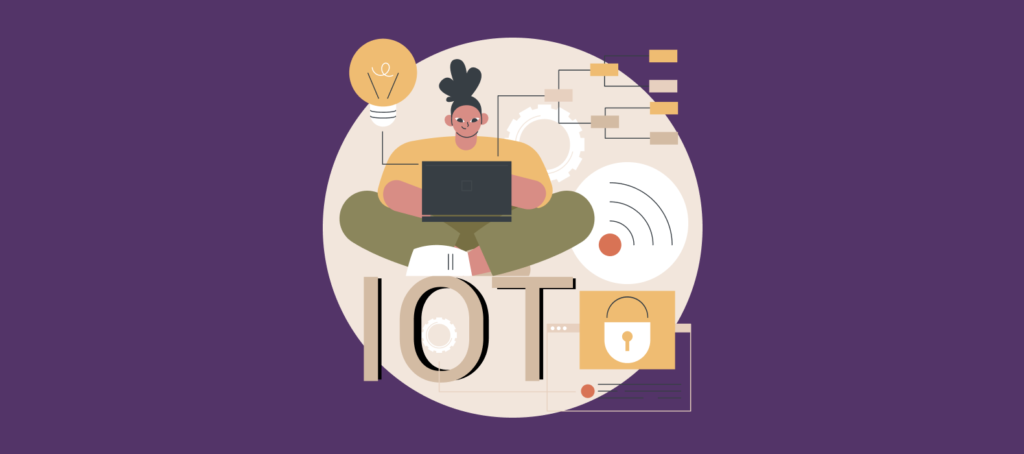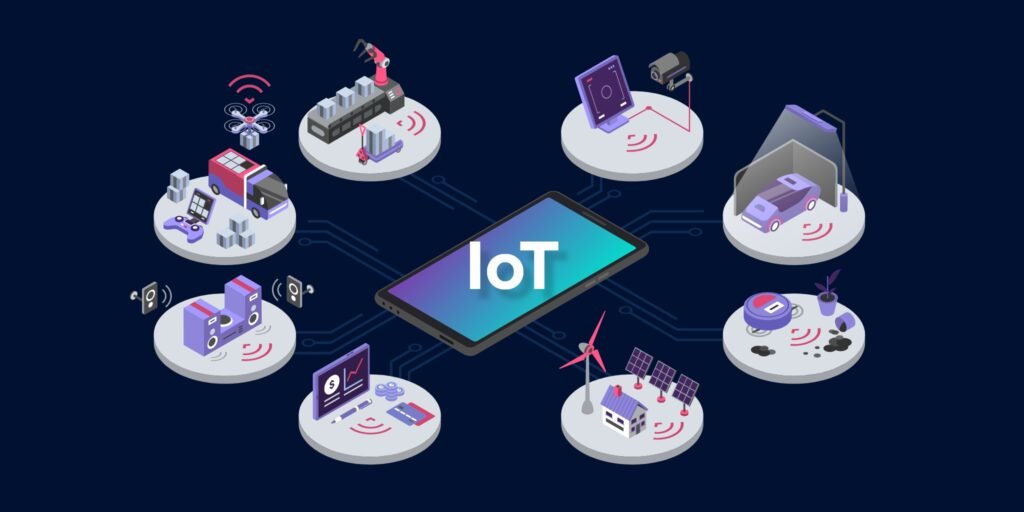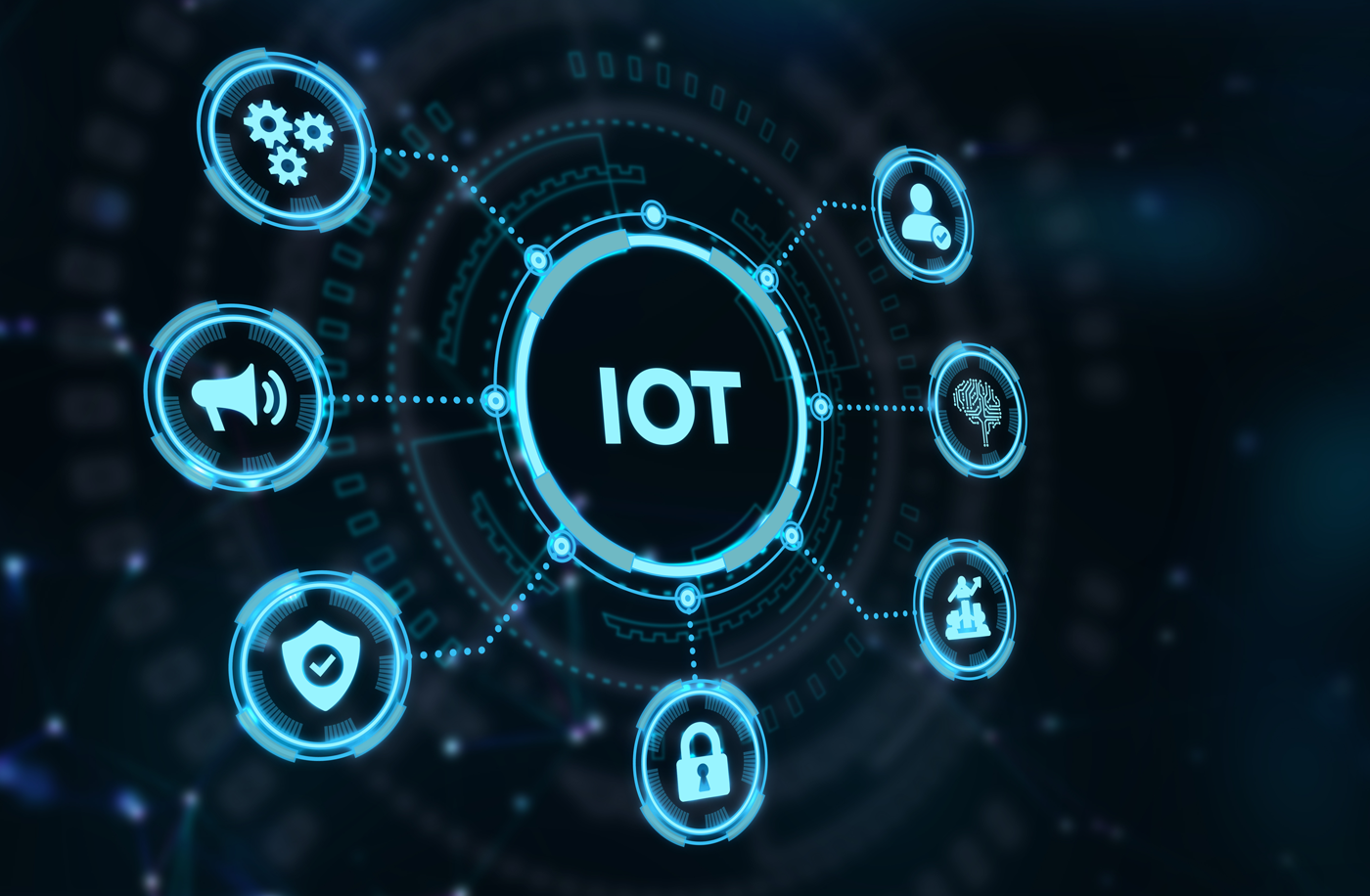The government has established five working groups to investigate and develop policies related to digital education, internet-of-things (loT) devices, zero trust architecture, data anonymization, and mobile device security.

The function of the work groups
The ministry of electronics and information technology established these working groups, which, according to reports, will create and approve policies and procedures for the “effective and efficient implementation of e-governance projects” of ministries and government agencies.
Work on guidelines for zero-trust architecture, online tests, and loT devices is ongoing, the official added, and the reports of the working groups on data anonymization and mobile security guidelines are now being examined.
The revised India Digital System Architecture would include these frameworks and standards. A draft of the intended architecture was made available for public review in 2022.
What is anticipated by the IoT security roadmap?

The importance of the IoT Security Roadmap and its adaptation have made it pervasive in people’s daily lives. India must create its own tools, technology, and standards to provide a trustworthy, secure, and accountable online environment.
The MeitY website publishes the draft roadmaps in an effort to solicit feedback from stakeholders.
- An upgrade to the suggested draft technological roadmap.
- Information on new risks that aren’t covered in the strategy for IoT security.
- If any of the roadmap’s short-term (five years), medium-term (10–15 years), and long-term (15–25 years) technical milestones were missing.
- Please submit validated research or tools that your team has access to, along with accompanying documentation.
Key Focus Areas
Short Term
Based on the roadmap, work will be done on eSIM Cellular-IoT, IoT Device Certificate Lifecycle Management, IoT Identification, Lightweight Cryptography, IoT Network Security Orchestration and Automation, oneM2M, MLOps and Decentralised AI/ML pipelines, Blockchain assisted IoT Security, AIoT, AI Enabled Privacy and Data Protection, Low-power QRNG, etc.
Mid-Term (15 years)
4G and 5G Transition Security, DNS ecosystem and AI-enabled botnet detection, Automotive supply chain attacks and risk mitigation strategies, autonomous AI networks, satellite connectivity, RISC-V based secure SoC for IoT, and digital twins.
Extended period (25 years)
Protect IoT networks with QKD and SDN, Federated Swarm and Machine Learning, Security of Self-aware IoT Protocols, Low power PQC, Zero Knowledge Proof, Deterministic Response for IIoT and Automotives, Low power to No power cryptography technique…
Read more to know about the trending IoT skills: Top IoT Skills



